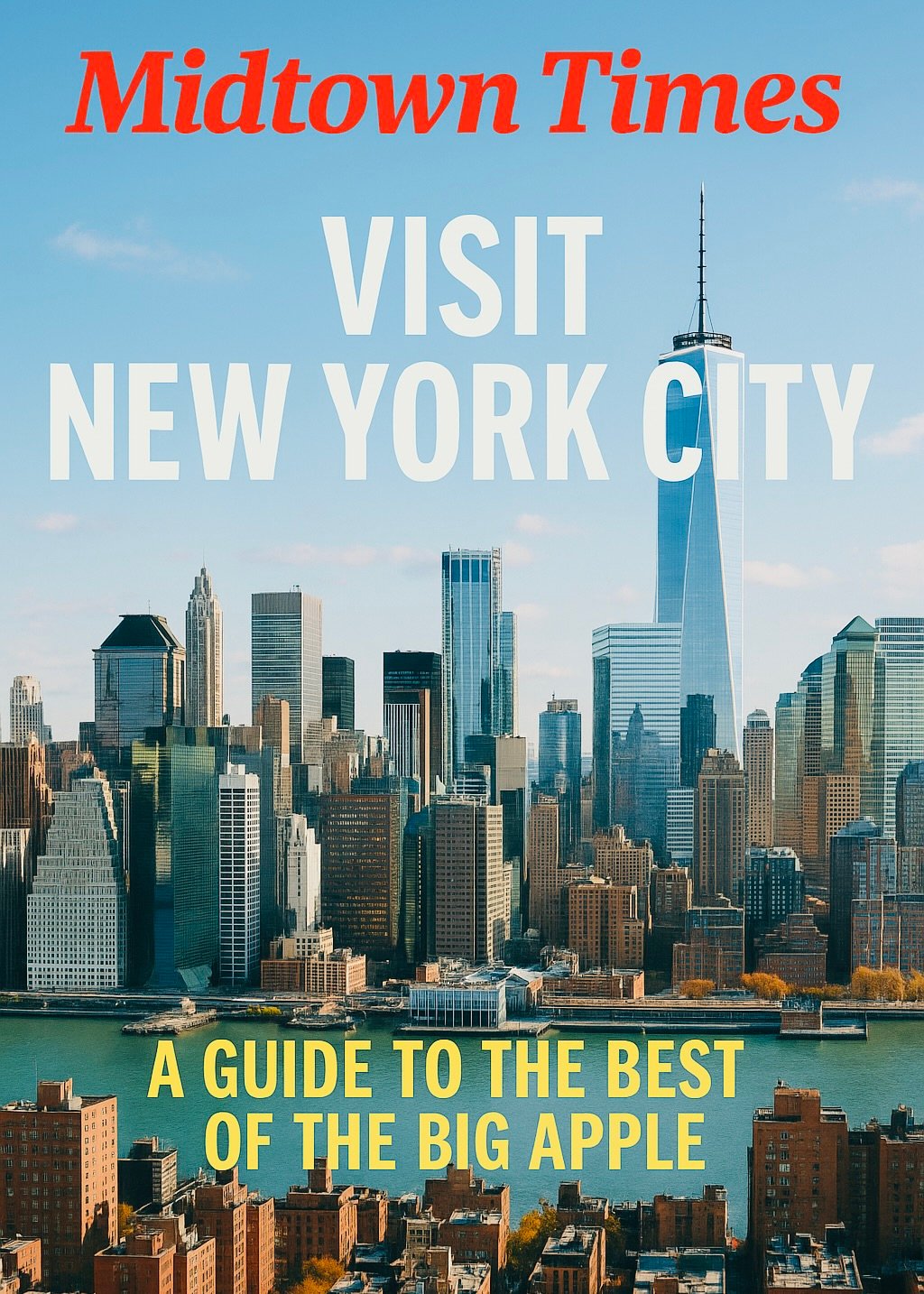Financial District, Wall Street – In an era where markets move at lightning speed and information is as valuable as capital, choosing the right financial trading platform has never been more critical. For individual investors and institutional traders alike, the platform environment is more than just a tool; it is the central hub where decisions are made, risks are managed, and opportunities are seized. The Midtown Times explores key factors that distinguish a reliable trading platform in today’s dynamic financial landscape.
1. Regulatory Oversight and Security
The first benchmark of a credible trading platform is strong regulatory compliance. In the United States, platforms should be registered with the Securities and Exchange Commission (SEC) or the Commodity Futures Trading Commission (CFTC) and members of the Financial Industry Regulatory Authority (FINRA). Internationally, trusted regulators include the UK’s Financial Conduct Authority (FCA) and the European Securities and Markets Authority (ESMA).
Beyond regulatory licenses, cybersecurity is paramount. According to a 2024 Deloitte report, cyberattacks on fintech platforms increased by 22% year-over-year. Encryption protocols, two-factor authentication (2FA), and fraud detection systems should be standard features for protecting user data and funds.
2. Costs and Transparency of Fees
Transaction costs can quietly erode returns. Leading platforms like Charles Schwab, Fidelity, and Robinhood have popularized commission-free trading for stocks and ETFs; however, investors must examine spreads, margin rates, and other hidden fees to ensure they are fully informed. For active traders, even a slight difference in spread, such as 0.5 vs. one (1) pip in forex, can translate into thousands of dollars annually.
3. User Interface and Accessibility
A well-designed platform should strike a balance between simplicity for beginners and depth for advanced users. Accessibility across devices is essential: a 2023 Statista study showed that 72% of retail investors primarily access markets via mobile apps. Platforms that integrate desktop, mobile, and tablet functionality provide continuity and flexibility.
4. Trading Tools and Market Research
Real-time data feeds, customizable charts, and technical analysis indicators are non-negotiable for serious traders. Platforms such as Thinkorswim by TD Ameritrade or Interactive Brokers stand out for their advanced charting and risk-management tools.
Equally important is access to research. Morningstar, Refinitiv, and in-house analysis offered by brokerages can give traders an edge. In an environment where algorithms dominate, platforms that combine quantitative data with qualitative insights offer the best of both worlds.
5. Asset Variety and Global Access
Investors increasingly seek diversification beyond traditional equities. The strongest platforms offer access to multiple asset classes, including stocks, bonds, mutual funds, ETFs, options, futures, forex, and cryptocurrencies. Global access also matters—traders looking to buy into European or Asian markets should verify whether the platform offers international equities.
6. Execution Speed and Reliability
Milliseconds can determine profit or loss in fast-moving markets. High-frequency traders depend on platforms with minimal latency. Downtime is another risk: in March 2020, several major retail platforms, including Robinhood, experienced outages during market surges, leaving millions unable to trade. Reliability should be a deal-breaker.
7. Customer Service and Education
While technology powers trading, human support is crucial. Quality platforms provide 24/7 support and robust educational resources. Fidelity, for example, offers free webinars and one-on-one coaching for beginners. According to J.D. Power’s 2023 U.S. Self-Directed Investor Satisfaction Study, platforms with strong educational offerings reported customer satisfaction scores 20% higher than those without.
Midtown Times Analysis
The future of trading platforms is leaning toward artificial intelligence, personalization, and global integration. Expect platforms to increasingly provide AI-driven portfolio recommendations, real-time market sentiment tracking, and risk alerts tailored to individual investor profiles. Yet, even with innovation, the fundamentals remain the same: trust, transparency, and accessibility form the backbone of a strong trading environment.
For investors, the message is clear: don’t get swept up in flashy features or promotional offers. Instead, carefully evaluate regulatory protections, cost structures, and technological reliability before committing your hard-earned capital. In the high-stakes world of financial markets, the right platform is as important as the trades you make.
By the Midtown Times Staff


